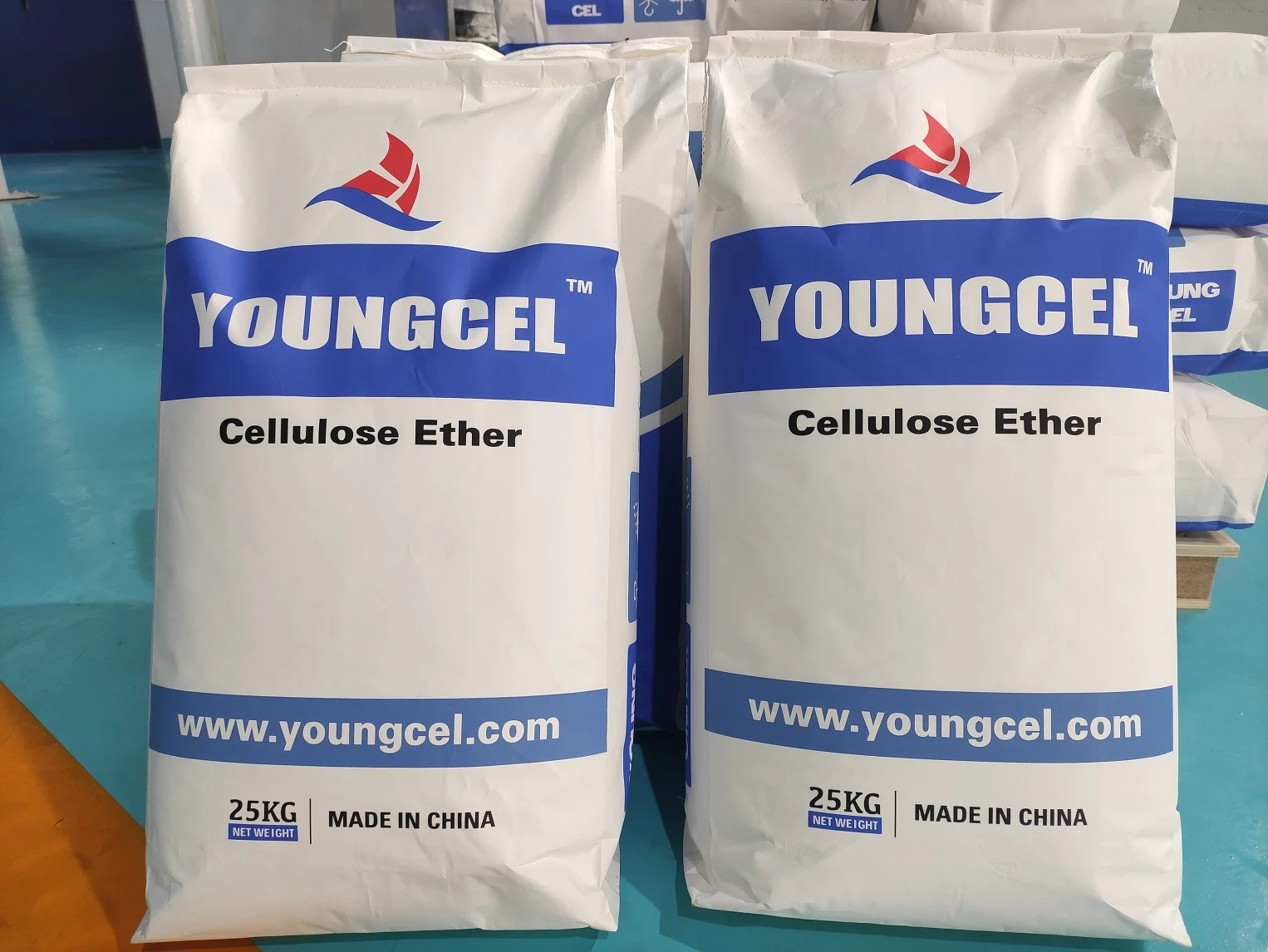Understanding RDP for Ceramic Tile Adhesive
In the realm of construction and building materials, the importance of adhesives cannot be overstated, especially when it comes to ceramic tiles. Among various components that enhance the properties of ceramic tile adhesives, Redispersible Polymer Powder (RDP) has emerged as a crucial additive. This article delves into the significance of RDP in ceramic tile adhesives, highlighting its advantages and impact on performance.
Understanding RDP for Ceramic Tile Adhesive
One of the key advantages of RDP in ceramic tile adhesives is its ability to enhance adhesion to various substrates. This is especially important when tiles are installed on different surfaces such as concrete, plaster, or drywall. The improved bonding capability can prevent issues such as tiles popping off or peeling away, which can occur with standard adhesives that lack the advantages conferred by RDP.
rdp for ceramic tile adhesive

Moreover, RDP contributes to the workability of tile adhesives. Mortars that contain RDP are easier to spread and manipulate, allowing for greater precision during the installation process. This characteristic is particularly beneficial for tile setters, who seek to achieve a smooth and uniform finish while reducing installation time. The enhanced flexibility offered by RDP also accommodates minor movements in the substrate, reducing the likelihood of crack formation in both the adhesive and the tiles.
Water resistance is another significant benefit associated with RDP in ceramic tile adhesives. In places prone to moisture, such as bathrooms and kitchens, having an adhesive that can withstand water exposure is critical. RDP-enriched adhesives can significantly reduce water absorption, ensure that the bond remains intact, and extend the lifespan of the installation.
Furthermore, the inclusion of RDP in tile adhesives can also contribute to the sustainability of the construction process. With enhanced performance and durability, the likelihood of tile failure diminishes, which means fewer repairs and replacements in the long run. This efficiency is essential for both economic and environmental considerations in modern construction practices.
In conclusion, the use of Redispersible Polymer Powder in ceramic tile adhesives plays a vital role in enhancing their performance attributes. From improved adhesion and flexibility to increased water resistance and workability, RDP significantly contributes to the overall success of tile installations. As the construction industry continues to focus on quality and sustainability, incorporating RDP into tile adhesives reflects a commitment to delivering durable and effective building solutions. By understanding and leveraging the benefits of RDP, contractors and builders can ensure high-quality outcomes in their tiling projects.




